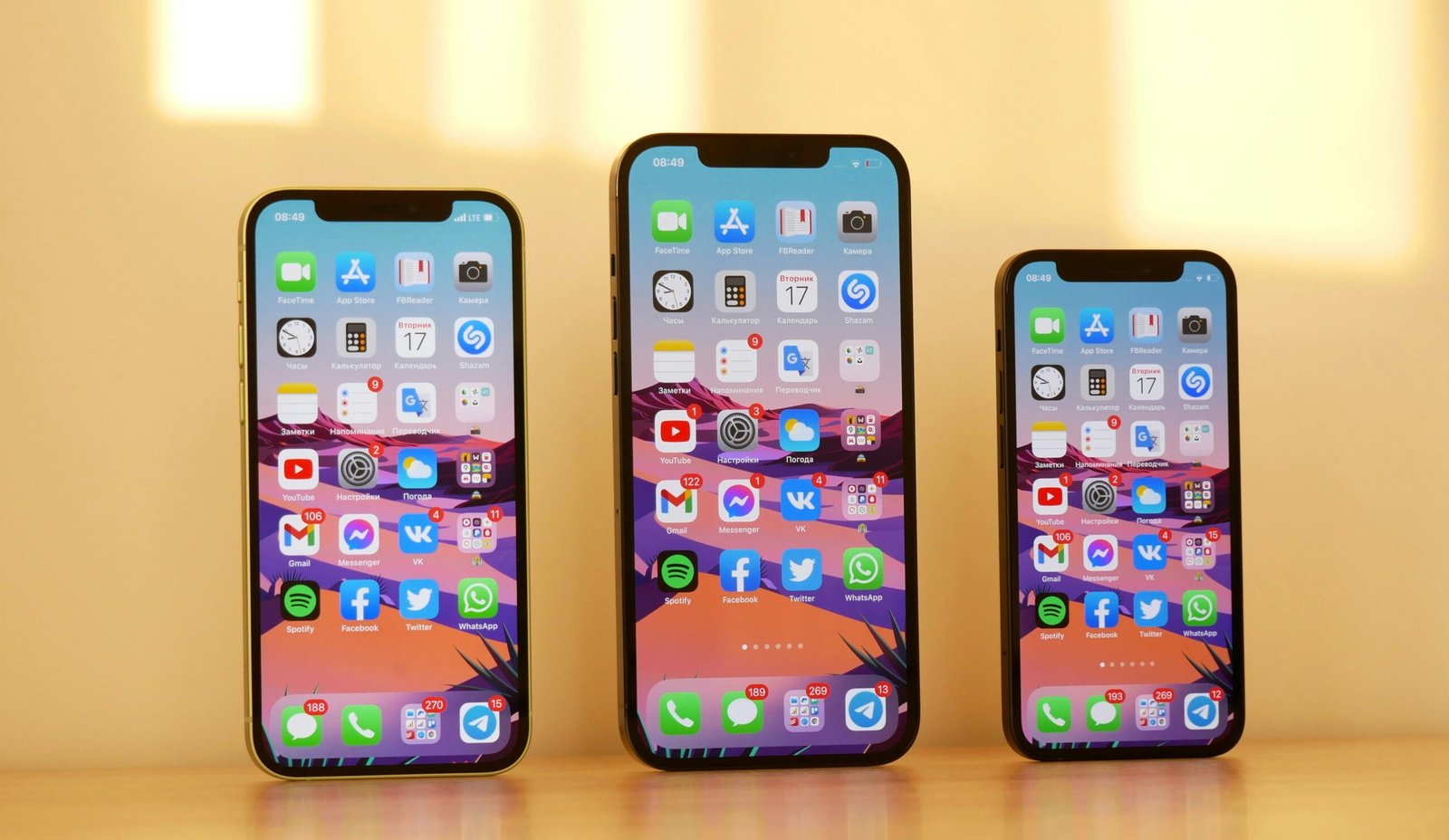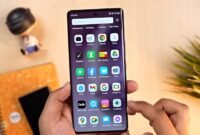Understanding Your TV’s USB Port
A USB port, or Universal Serial Bus port, is a versatile interface commonly found on various electronic devices, including televisions. This small yet powerful port serves multiple functions, primarily enabling connectivity and communication between the TV and external devices. Understanding the types of USB ports and their functionalities is essential for maximizing the potential of your television’s capabilities.
Most modern televisions are equipped with USB-A and increasingly with USB-C ports. The USB-A port is the traditional rectangular connector, widely used for many peripherals such as flash drives, keyboards, and mice. Conversely, the USB-C port is more advanced, characterized by its reversible design and ability to deliver both power and data simultaneously. This type of port is gaining popularity due to its faster data transfer rates and compatibility with a growing array of devices.
In terms of practical applications, the USB port on your television can be used for several purposes. For instance, it is commonly utilized for powering devices, such as streaming sticks or mobile devices. Furthermore, users can connect external storage devices, such as hard drives or flash drives, allowing the playback of media files directly on the TV. This feature is particularly beneficial for viewing photos, videos, or music stored outside of your TV’s internal memory.
Additionally, USB ports can play a critical role in updating the firmware of your television. By downloading the appropriate firmware updates onto a USB drive and connecting it to the TV, users can enhance their device’s performance and unlock new functionalities. However, it is important to be mindful of the power output and data transfer limitations associated with USB ports, as not all devices may be compatible, and not all ports support the same specifications.
Creative Uses for the USB Port to Enhance Your TV Experience
The USB port on your television opens up numerous possibilities for improving your entertainment experience. One of the most straightforward yet effective ways to leverage this functionality is by connecting an external hard drive. By doing so, you can play a wide variety of media files directly on your TV. This not only alleviates the need for streaming services but also allows you to enjoy videos, music, or photos stored on your hard drive without any intermediary devices. Most modern TVs support various file formats, simplifying the process and maximally utilizing your USB port.
Furthermore, utilizing USB hubs can significantly expand the capabilities of your television. Many people may have multiple devices, such as gaming consoles, streaming devices, or wireless adapters, that enhance their viewing experience. By connecting a USB hub, users can manage more devices simultaneously, avoiding the hassle of constantly switching cables. This is particularly useful for those who enjoy a multifaceted entertainment setup, enabling seamless transitions between devices without the need for extensive reconfiguration.
Another creative use of the USB port is the integration of USB-powered devices. For example, streaming dongles can be directly powered via the TV’s USB port, eliminating the need for additional wall outlets. This can simplify cable management and reduce clutter in your entertainment area. Moreover, USB-operated cameras can also be connected for video streaming or gaming purposes, further enhancing interactivity and engagement during viewing sessions. This versatility not only revitalizes an aging system but also maximizes the existing technology at your disposal.
In summary, exploring the various uses of your TV’s USB port can significantly boost your viewing experience. Whether through external hard drives, USB hubs, or other powered devices, each option provides a unique and practical approach to modernizing your entertainment setup.
Troubleshooting Common USB Port Issues and Tips for Maintenance
The USB port on a television can be a valuable feature, allowing users to expand functionality, connect devices, and enhance their viewing experience. However, issues such as device incompatibility, power supply failures, and connection problems may arise. Understanding these common challenges and knowing how to troubleshoot them is essential for optimizing the performance of your TV’s USB port.
One of the most prevalent issues users face is device incompatibility. Not every USB device is guaranteed to work seamlessly with your television. To address this, start by reviewing the TV’s user manual for a list of supported USB devices. If a device is not recognized by the TV after being plugged in, try connecting it to a different USB port if available. Additionally, check whether the device requires external power; some USB devices, particularly hard drives, need additional power sources and may not function properly if solely reliant on the TV’s power supply.
Connection failures can also result from accumulated dust and debris in the USB port. Regularly cleaning the port using a can of compressed air or a soft brush can prevent performance degradation over time. If a connection still fails, it may be worthwhile to try using a different USB cable. Cables can wear out, and using a functioning cable can solve the issue quickly.
For maintaining optimal performance, consider periodically resetting the TV. Unplugging the device and waiting for a few minutes before plugging it back in can refresh the system and resolve minor connectivity issues. Furthermore, avoid overloading the USB port with multiple devices, as this can lead to power surges that may damage both the USB port and connected devices. By following these troubleshooting steps and maintenance tips, users can effectively manage and maximize the functionality of their TV’s USB connectivity.




